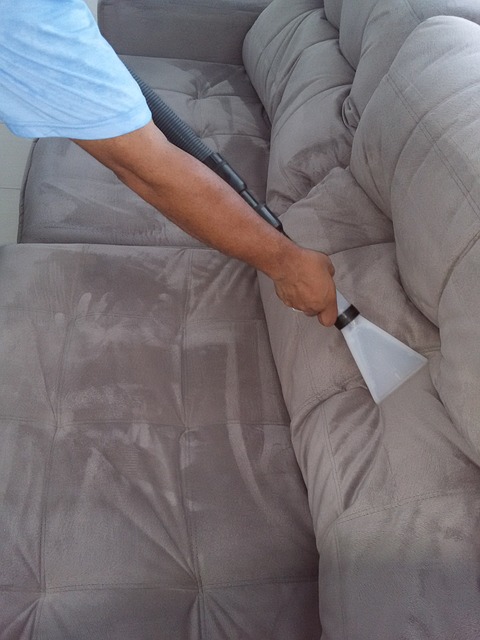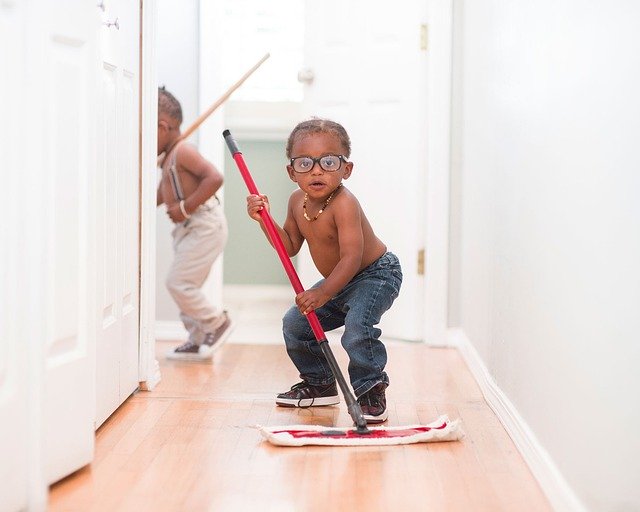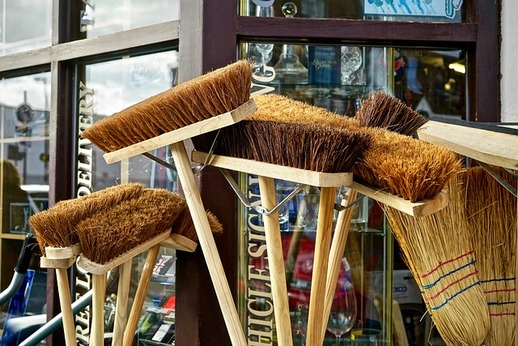Upholstered furniture and fabrics add an inviting touch of comfort and style to our homes and offices. Whether it’s a plush sofa in the living room, an elegant dining chair, or a cozy armchair by the fireplace, upholstery has a unique ability to enhance the ambiance of a space. However, with this comfort and style also comes the inevitable challenge of keeping upholstery clean and looking its best. Dust, stains, and everyday wear and tear can gradually take a toll on even the most luxurious fabrics, leaving many wondering how to preserve the beauty of their upholstered furnishings.
Welcome to “The Ultimate Guide to Upholstery Cleaning.” In this comprehensive exploration, we’re embarking on a journey to demystify the art and science of upholstery cleaning. From the fundamental principles of fabric care to the advanced techniques used by professionals, we will equip you with the knowledge and tools needed to revitalize your upholstery and extend its lifespan. Whether you’re a seasoned homeowner looking to refresh your interior or a curious novice eager to learn the secrets of upholstery maintenance, this guide will be your trusted companion on the path to cleaner, more vibrant upholstery.
Our journey will begin by delving into the importance of upholstery care, emphasizing not only the aesthetic benefits but also the health and environmental advantages of maintaining clean, allergen-free fabrics. We’ll then navigate the diverse world of upholstery materials, exploring the unique characteristics of various fabrics and the cleaning methods best suited for each. Throughout this guide, we will unveil a treasure trove of tips, tricks, and DIY solutions for common upholstery challenges, ensuring that you can confidently tackle stains, odors, and everyday grime. So, let’s embark on this transformative journey towards upholstery excellence, where comfort and cleanliness harmoniously coexist.
Table of Contents
Understanding Upholstery Fabrics
To effectively clean your upholstery, it’s essential to understand the different types of fabrics commonly used. Each fabric requires specific care and cleaning methods to avoid damage. Here’s a breakdown of some popular upholstery fabrics and their characteristics:
Natural Fabrics
- Cotton: A versatile and breathable fabric, cotton is commonly used in upholstery. It is generally durable and easy to maintain but can be prone to shrinking and wrinkling.
- Linen: Linen upholstery adds an elegant touch to any space. However, it can be susceptible to wrinkling and staining, requiring gentle cleaning techniques.
- Leather: Known for its luxurious appeal, leather upholstery requires special care to preserve its texture and prevent drying or cracking.
Synthetic Fabrics
- Polyester: Durable and resistant to fading, polyester upholstery is a popular choice for its affordability and wide range of colours and patterns.
- Nylon: With excellent durability and stain resistance, nylon upholstery is a practical option for high-traffic areas. It is relatively easy to clean and maintain.
- Microfiber: This synthetic fabric is known for its exceptional stain resistance and soft texture. Microfiber upholstery requires gentle cleaning methods to avoid damage.
Essential Tools and Cleaning Solutions
Before diving into the cleaning process, it’s crucial to gather the necessary tools and cleaning solutions. Here are some essentials you’ll need to ensure effective upholstery cleaning:
- Vacuum cleaner: A powerful vacuum with upholstery attachments helps remove loose dirt, dust, and debris from your furniture.
- Soft-bristle brush: A gentle brush is useful for agitating stains and loosening dirt without causing damage.
- White microfiber cloths: These lint-free cloths are perfect for blotting and absorbing spills and for applying cleaning solutions.
- Mild upholstery cleaner: Look for a cleaning solution specifically formulated for your upholstery fabric type. Always perform a patch test in an inconspicuous area before using it extensively.
- Distilled water: Using distilled water prevents mineral deposits and streaks on your upholstery.
Preparing for Upholstery Cleaning
Before jumping into the cleaning process, a few preparatory steps can make a significant difference in achieving optimal results:
- Read the manufacturer’s instructions: Check if your furniture came with specific cleaning instructions or recommendations. Following the manufacturer’s guidelines can help avoid any unwanted damage.
- Test for colourfastness: Before applying any cleaning solution, test it on a small, inconspicuous area of the upholstery to ensure it doesn’t cause colour fading or bleeding.
- Remove loose debris: Use a vacuum cleaner with upholstery attachments to remove loose dirt, dust, and crumbs from your furniture.
- Treat stains promptly: If your upholstery has visible stains, it’s best to address them promptly using appropriate stain removal techniques or consulting professional upholstery cleaners.
Upholstery Cleaning Techniques
Now that you have prepared your upholstery, it’s time to dive into the cleaning process. Here are some effective techniques for cleaning different types of upholstery:
General Cleaning Steps
- Vacuum the upholstery to remove loose dirt and debris.
- Check for stains and treat them accordingly.
- Prepare a solution of mild upholstery cleaner and distilled water.
- Test the cleaning solution on a small, hidden area to ensure compatibility.
- Gently apply the cleaning solution using a soft-bristle brush or a clean cloth.
- Blot the treated area with a clean, white microfiber cloth to absorb moisture and residue.
- Allow the upholstery to dry thoroughly before using it again.
How to Clean and Disinfect Your Home’s Furniture (Sofas, Chairs, Tables)
Stain Removal Techniques
- For water-based stains (coffee, tea, juice): Blot the stain with a clean cloth dampened with distilled water. If the stain persists, mix a mild dishwashing detergent with water and gently blot the area.
- For oil-based stains (grease, butter, sauce): Blot the stain with a clean cloth to remove excess oil. Sprinkle baking soda or cornstarch on the stain to absorb the oil. Vacuum the residue and gently clean the area with a mild upholstery cleaner.
- For ink stains: Dab a cotton ball soaked in rubbing alcohol on the stain. Blot gently without rubbing to prevent spreading the ink.
- For unknown stains: When dealing with unidentified stains, it’s best to consult professional upholstery cleaners to avoid potential damage.
Additional Tips for Upholstery Care
Maintaining the cleanliness and longevity of your upholstery goes beyond occasional deep cleaning. Here are some additional tips to keep your furniture in excellent condition:
- Regularly vacuum your upholstery to remove loose dirt and prevent it from settling into the fabric.
- Rotate cushions periodically to ensure even wear and tear.
- Keep upholstery away from direct sunlight to prevent fading and discolouration.
- Avoid placing sharp objects on your furniture to prevent snags and tears.
- Attend to spills and stains promptly to minimize the chances of permanent damage.
- Consider using fabric protectors or stain-resistant treatments to enhance your upholstery’s resistance to spills and stains.
How to Clean and Maintain Leather Furniture
Conclusion
Congratulations! You are now equipped with the knowledge and expertise to embark on your upholstery cleaning journey. By understanding the different types of upholstery fabrics, gathering the essential tools, and implementing effective cleaning techniques, you can restore your furniture’s beauty and prolong its lifespan. Remember to always follow the manufacturer’s instructions, test cleaning solutions in inconspicuous areas, and address stains promptly. With regular care and maintenance, your upholstery will continue to provide comfort, style, and a welcoming ambience to your living space. So go ahead, show your furniture some love, and enjoy a fresh and clean home!













